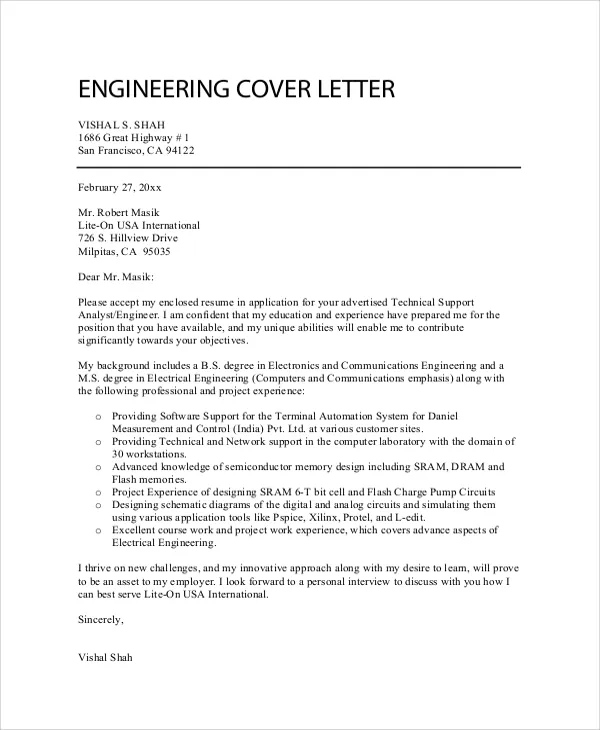In the competitive job market, a well-crafted cover letter is your essential tool for making a strong first impression. It serves as your personal introduction, providing an opportunity to showcase your skills, experience, and personality beyond the confines of your resume. Mastering the art of cover letter writing can significantly increase your chances of landing an interview. This guide provides comprehensive insights into creating professional cover letters, utilizing cover letter samples, and ensuring your application stands out. Let’s explore how to write a cover letter that helps you succeed.
Why Cover Letter Samples are Essential
Cover letter samples act as invaluable resources for job seekers. They offer practical examples of how to structure your letter, what kind of content to include, and how to tailor your message to different job roles and industries. By studying these samples, you can learn from successful applications and avoid common pitfalls. They give you a clear sense of the tone, style, and language that resonates with employers. Using cover letter samples is not about copying; it’s about understanding the best practices and applying them creatively to your own unique experiences and qualifications.
Understanding the Purpose of a Cover Letter
The primary purpose of a cover letter is to introduce yourself to a potential employer and express your interest in a specific position. It provides a concise overview of your skills and experience, highlighting why you are a good fit for the role and the company. A strong cover letter complements your resume by providing context, telling a story about your career aspirations, and demonstrating your understanding of the company’s needs. It’s your chance to show off your personality, your writing skills, and your genuine interest in the job.
Highlighting Your Skills and Experience
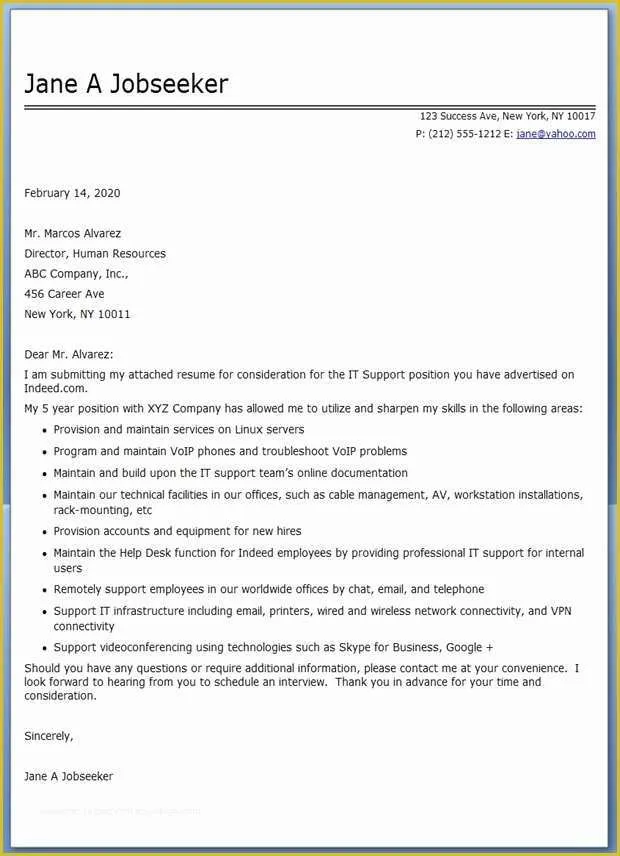
Your cover letter should spotlight the skills and experiences most relevant to the job description. Analyze the job posting carefully and identify the key requirements and keywords. Then, select the experiences that directly align with these requirements, and use them to demonstrate your qualifications. Quantify your achievements whenever possible, using numbers and data to illustrate your impact. For example, instead of saying ‘Managed social media accounts,’ say ‘Increased social media engagement by 30% within six months.’ This level of detail and specificity makes your cover letter more impactful and memorable.
Making a Strong First Impression
Your cover letter is the first impression you make on a potential employer, so it must be polished and professional. Begin with a compelling opening that grabs the reader’s attention. Clearly state the position you are applying for and how you learned about the opportunity. Use a professional tone throughout the letter, avoiding slang or overly casual language. Pay attention to the format and layout of your letter – use clear headings, bullet points, and plenty of white space to make it easy to read. Always proofread carefully for any errors in grammar or spelling.
Choosing the Right Cover Letter Format
There are several cover letter formats, and choosing the right one depends on your experience level and the job you are applying for. The most common formats include the classic format, the skills-based format, and the modern format. The classic format is suitable for most situations and focuses on your career progression. The skills-based format is useful if you have gaps in your employment history or are changing careers. The modern format is more visually appealing and emphasizes your personality and skills. Experiment with different formats to see which one best suits your needs, and always tailor the format to the specific job and industry.
The Importance of Tailoring Your Cover Letter
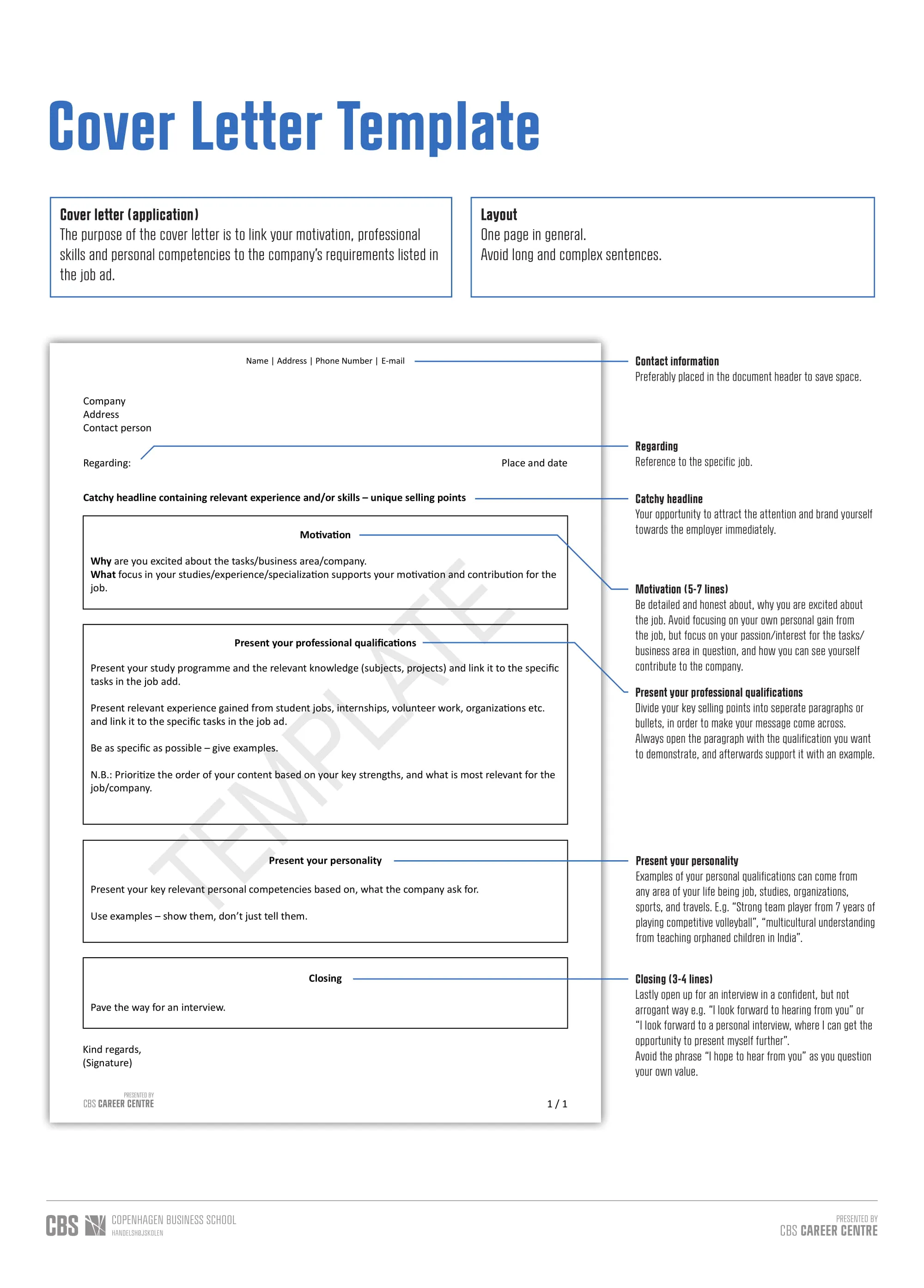
Generic cover letters are easily identified and often discarded. To increase your chances of success, it is essential to tailor each cover letter to the specific job and company. Research the company thoroughly and demonstrate your understanding of its mission, values, and culture. Customize your letter to address the specific requirements of the job description and highlight how your skills and experience align with those needs. Show that you have taken the time to understand the role and the company, and explain why you are genuinely excited about the opportunity. Personalized cover letters demonstrate your enthusiasm and make a stronger impression.
How to Find Professional Cover Letter Samples
Numerous online resources provide access to professional cover letter samples. These samples can serve as valuable guides in structuring and writing your own letters. However, it’s crucial to select samples that are relevant to the job you’re applying for. Look for examples that are tailored to similar positions or industries to gain insight into the best practices in your field. Remember that the goal is to draw inspiration and understand the components of an effective letter, not to plagiarize. Adapt the samples to your unique circumstances and make sure your writing is original and authentic.
Where to Look for Cover Letter Examples
Several websites specialize in providing cover letter samples. Professional resume and career websites often have extensive collections of examples, organized by job title, industry, and experience level. Company career pages might also offer insights into the style and expectations of their application processes. Additionally, online job boards frequently include cover letter templates and guides. Utilizing these resources can help you grasp the best practices of cover letter writing. When exploring these sources, focus on examples that showcase strong writing, clear communication, and a professional tone to develop a competitive application.
Reviewing Cover Letter Samples
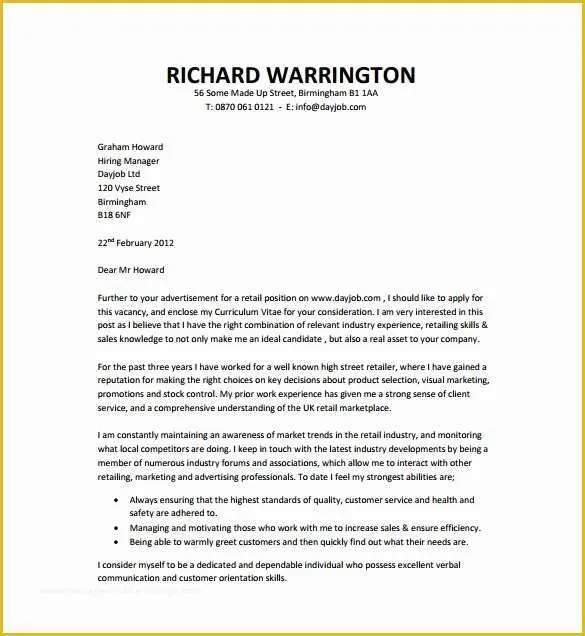
When reviewing cover letter samples, pay close attention to several key elements. Analyze the structure of the letter, including the opening paragraph, body paragraphs, and closing statement. Observe how the writer highlights their skills and experience, tailoring their message to the specific job. Note the use of keywords and action verbs, which demonstrate the writer’s accomplishments and abilities. Consider the tone and style of the letter, ensuring that it aligns with the company culture and the job requirements. Evaluate whether the letter effectively conveys the writer’s enthusiasm, and make sure you are not just copying, but learning how to write your best cover letter.
Analyzing Effective Cover Letter Structure
An effective cover letter typically follows a clear and concise structure. Start with a strong opening paragraph that captures the reader’s attention and states the position you are applying for. The body paragraphs should highlight your most relevant skills and experiences, providing specific examples of your achievements. Use clear and concise language, focusing on what you can offer the employer. Conclude with a strong closing paragraph that reiterates your interest in the position and invites the employer to contact you for an interview. Maintaining a logical flow of information and using proper formatting will ensure your cover letter is professional.
Identifying Key Phrases and Keywords
Identifying key phrases and keywords is essential for tailoring your cover letter to a specific job. Carefully analyze the job description and identify the skills and qualifications the employer is seeking. Incorporate these keywords naturally into your cover letter to demonstrate that you possess the required abilities. Use action verbs to describe your accomplishments and experiences, such as ‘managed,’ ‘developed,’ ‘implemented,’ and ‘achieved.’ Highlighting these keywords and phrases will increase the chances of your application passing through applicant tracking systems and capturing the hiring manager’s attention. This strategy showcases your qualifications and makes your application stand out.
Writing Your Own Cover Letter
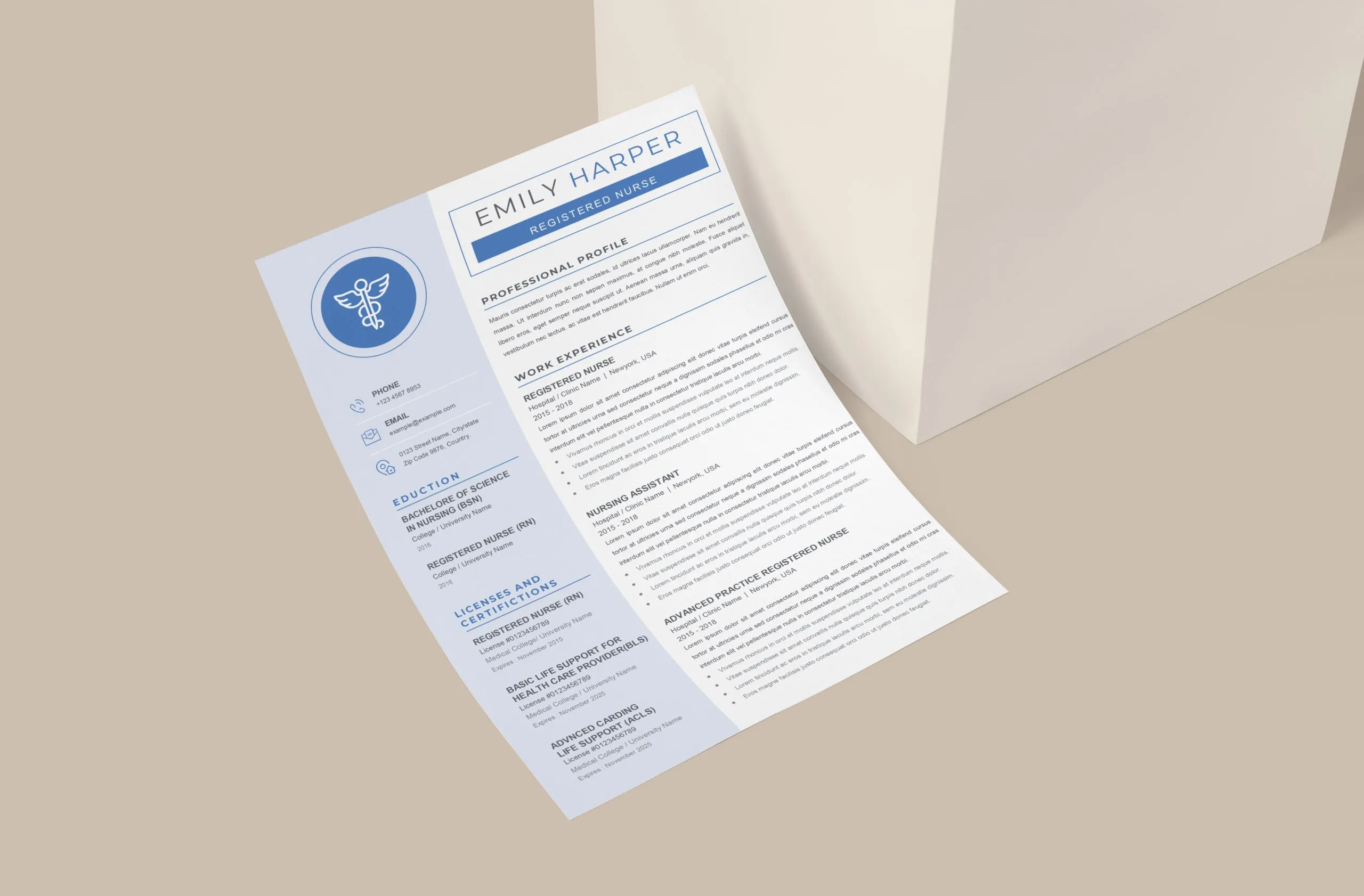
With the knowledge gained from studying cover letter samples, it’s time to craft your own. Start by researching the company and the specific job requirements. Draft an outline that highlights your relevant skills and experiences, and focus on what makes you the best candidate. Use clear and concise language, and ensure your letter has a professional tone. Proofread your cover letter carefully for any errors in grammar or spelling. Tailor your letter to each job, making it as specific and personalized as possible. Remember that your cover letter is a personal introduction, so make it reflect your personality and genuine interest in the position.
Crafting a Compelling Opening
The opening paragraph of your cover letter sets the tone for the rest of your application, and it should immediately capture the reader’s attention. Start by stating the position you are applying for and where you found the job posting. Then, express your enthusiasm for the opportunity and briefly mention why you are a good fit for the role. Consider mentioning a specific achievement or skill that aligns with the job requirements to make a strong first impression. Avoid generic phrases and instead, personalize your opening to demonstrate your genuine interest and understanding of the company and position. This initial paragraph is key to making a favorable impression.
Showcasing Your Achievements
In the body of your cover letter, showcase your achievements and explain how your skills and experiences align with the job requirements. Provide specific examples of your accomplishments, quantifying your results whenever possible. Use the STAR method (Situation, Task, Action, Result) to structure your examples, providing a clear narrative of what you did and the impact you made. Highlight any awards, recognition, or positive feedback you have received. This provides concrete evidence of your abilities and demonstrates your value as a candidate. The more detailed and results-oriented your examples are, the more persuasive your cover letter will be.
Closing Your Letter with Confidence
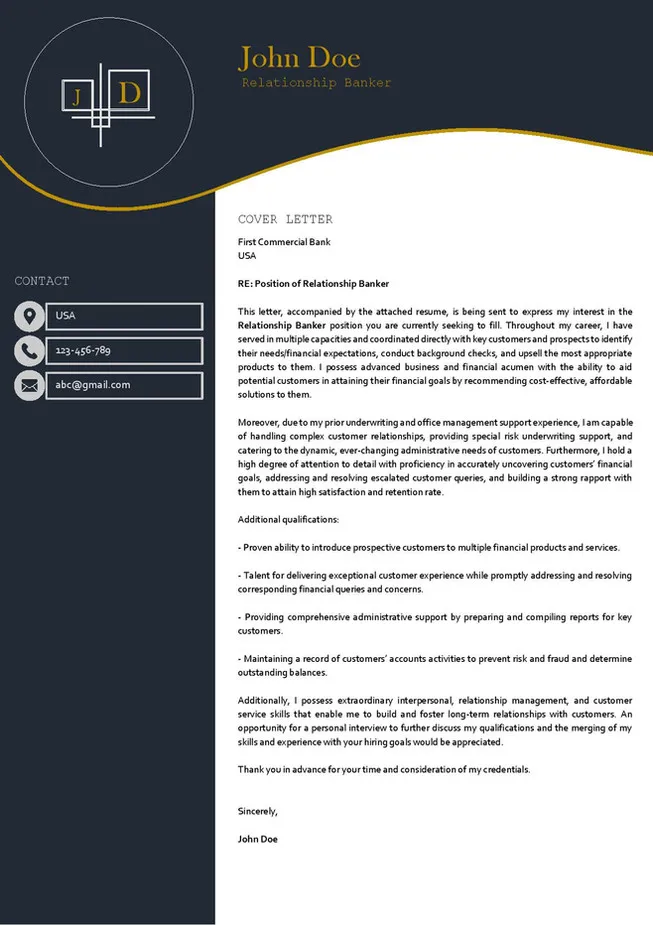
The closing paragraph of your cover letter should reiterate your interest in the position and express your enthusiasm for the opportunity. Reiterate your key qualifications and how they align with the company’s needs. Invite the reader to contact you for an interview, providing your contact information. Use a confident and professional tone, and thank the reader for their time and consideration. This closing paragraph provides a final opportunity to make a strong impression and demonstrates your proactive attitude and readiness to take the next step in the hiring process. A well-written closing paragraph leaves a positive impression.
Avoiding Common Cover Letter Mistakes
Avoiding common mistakes is crucial for creating an effective cover letter. One of the biggest mistakes is sending a generic cover letter that is not tailored to the specific job. Other common errors include grammatical errors, spelling mistakes, and using an overly casual tone. Avoid jargon or technical terms the reader might not understand. Don’t simply repeat your resume; instead, elaborate on your experiences and highlight relevant skills. Always proofread your cover letter carefully before submitting it. Correct these mistakes, and your cover letter will significantly improve your chances of getting an interview.
Proofreading and Editing Your Letter
Proofreading and editing are essential steps in ensuring your cover letter is polished and professional. Read your letter carefully, checking for any errors in grammar, spelling, and punctuation. Pay close attention to the tone and style of your writing, and ensure that it is consistent and professional. Ask a friend or family member to review your cover letter for feedback. A fresh pair of eyes can often catch errors you might have missed. Take the time to revise and refine your letter until you are confident that it is free of errors and reflects your skills and qualifications accurately. A well-proofread cover letter demonstrates attention to detail and a commitment to excellence.
Ensuring Proper Formatting and Grammar
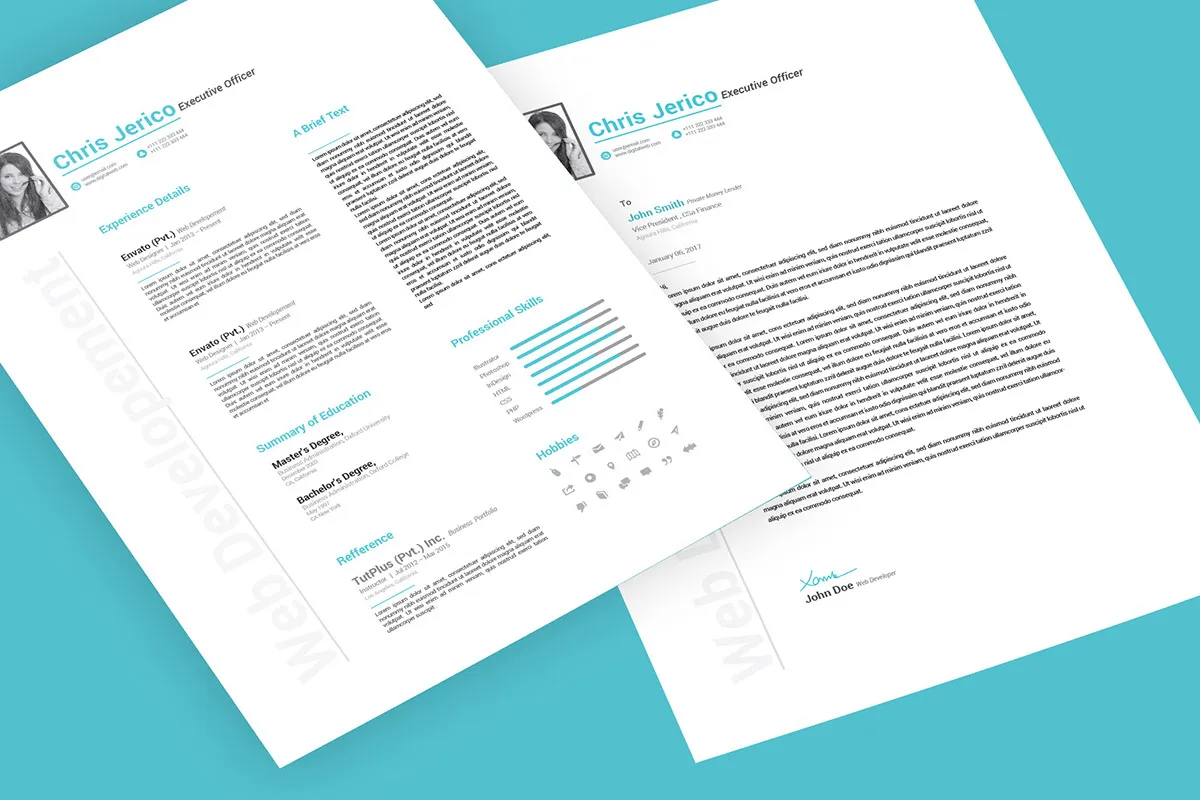
Proper formatting and grammar are vital for creating a professional cover letter. Use a standard font, such as Times New Roman or Arial, and maintain consistent formatting throughout the document. Use clear headings and bullet points to make your letter easy to read and scan. Ensure your grammar is correct, and your sentences are clear and concise. Avoid using slang or overly casual language. Proofread your letter carefully for any errors in grammar or spelling. Formatting and grammar are crucial for making a good impression, and a well-formatted letter showcases your attention to detail. Always aim for a polished and professional presentation.
In conclusion, cover letter samples are valuable tools for job seekers. By understanding the purpose of a cover letter, studying effective samples, and tailoring your letter to each job, you can create a compelling application that showcases your skills and experiences. Remember to proofread and edit your letter carefully, paying attention to grammar, formatting, and tone. Use the advice and samples provided here to craft a cover letter that helps you stand out and land your dream job.
